What Is Locking Phenomenon For Finite Element Scheme Order

Shear locking (SL) is a well studied phenomenon in the conventional displacement approach of Finite Element Methods (FEM). The problem is caused by the.
Abstract. A numerical scheme for the approximation of a parameter-dependent problem is said to exhibit locking if the accuracy of the approximations deteriorates as the parameter.
Locking arises when the only finite element solution that satisfies the zero shear strain condition corresponds to zero nodal displacements everywhere. This overstiffening can.
In this paper, the authors present a locking-free scheme of the lowest order forming rectangle finite element method for the planar elasticity with the pure ment boundary.
This paper reviews the concept of locking in conforming finite element approximations to planar linear elasticity and seeks to quantify the effects of locking for.
with the displacement vector eld. Since the implicit Euler scheme is used for the time discretization, a combined linear system must be solved at each time step. It is.
Abstract. A numerical scheme for the approximation of a parameter-dependent problem is said to exhibit locking if the accuracy of the approximations deteriorates as the parameter.
Gdansk University of Technology, Gdańsk, Poland ABSTRACT: In the present paper a short survey of the locking effect literature is given. As this area of scien- tific research is still.
We discuss the locking phenomenon of the finite element method for three-dimensional elasticity as Lamé constant λ→∞. Three kinds of finite elements are.
The finite-element method offers the most effective approach to computational (digital) simulation of problems in engineering mechanics. However, very large errors are often.
Introduction For the linear isotropic elasticity, it is well known that many numerical methods su er deteriorations in performance as the Lame constant ! 1, i.e., as the.
This paper reviews the concept of locking in conforming finite element approximations to planar linear elasticity and seeks to quantify the effects of locking for.
If the mesh size in the finite-element method is not taken to be fine enough, the numerical solution may exhibit locking; we explore the cause of this phenomenon and a.
Shear locking (SL) is a well studied phenomenon in the conventional displacement approach of Finite Element Methods (FEM). The problem is caused by the.
The unknowns for the fluid and the solid are approximated by finite element subspaces of Lagrange and Arnold-Falk-Winther of order 1, which lead to a Galerkin scheme for the.
This phenomenon is called the shear, membrane, or shear–membrane locking and is typical for the displacement finite element method. Theoretical and.
In order to avoid the critical transverse shear locking phenomenon arising in the R–M plate theory, a simple and efficient locking-free polygonal R–M plate element.
There are ways in which shear locking can be prevented: – Increasing the number of elements across the wall thickness. – Using hexagonal elements (or.
It is well-known that the performance of certain commonly used finite elements deteriorates as v →0, a phenomenon called locking. We analyze this phenomenon and.
A LOCKING-FREE WEAK GALERKIN FINITE ELEMENT METHOD FOR ELASTICITY PROBLEMS IN THE PRIMAL FORMULATION CHUNMEI WANG∗, JUNPING WANG†,.
What is shear locking | FEM Data Streamliner
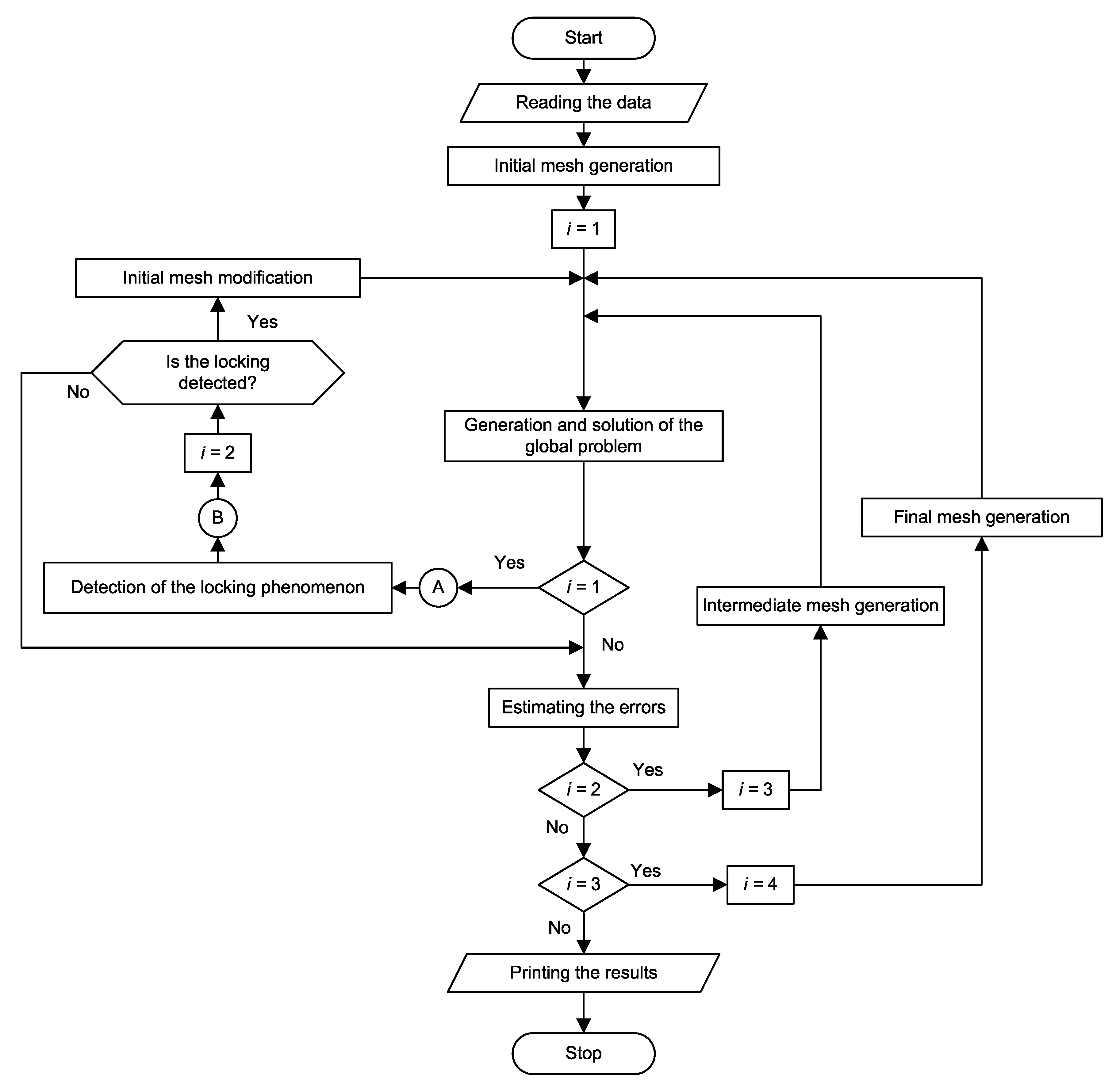
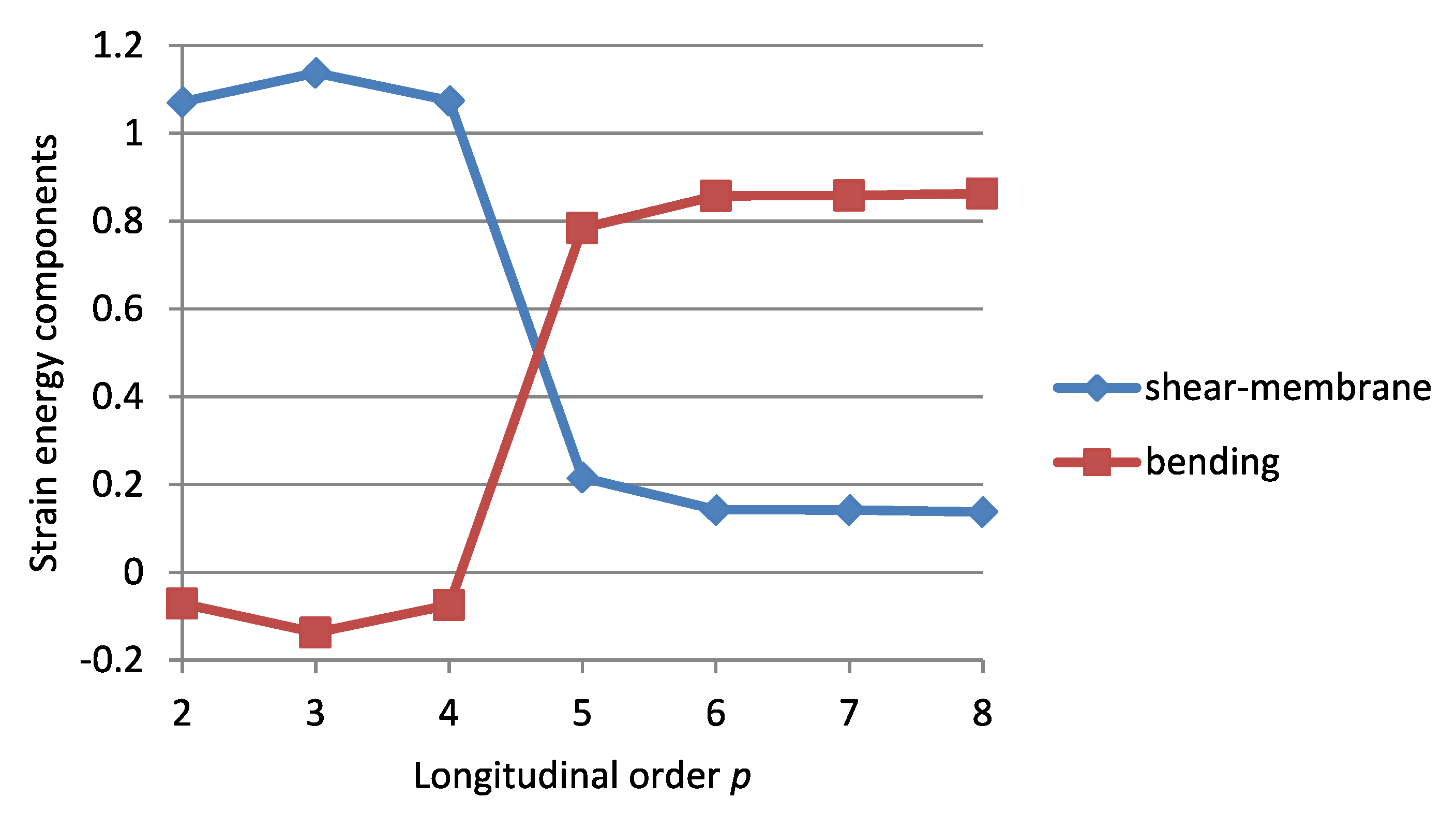







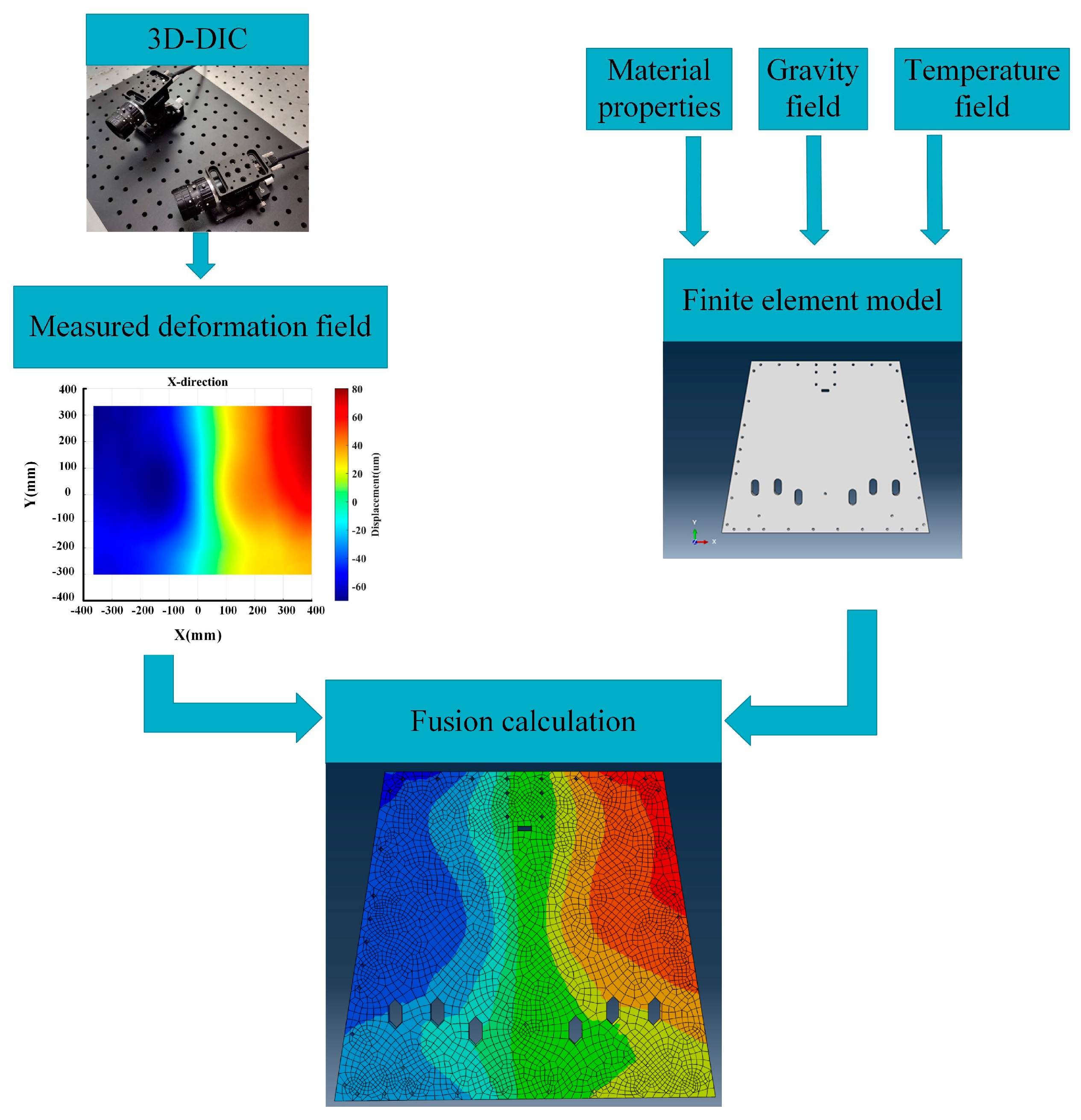
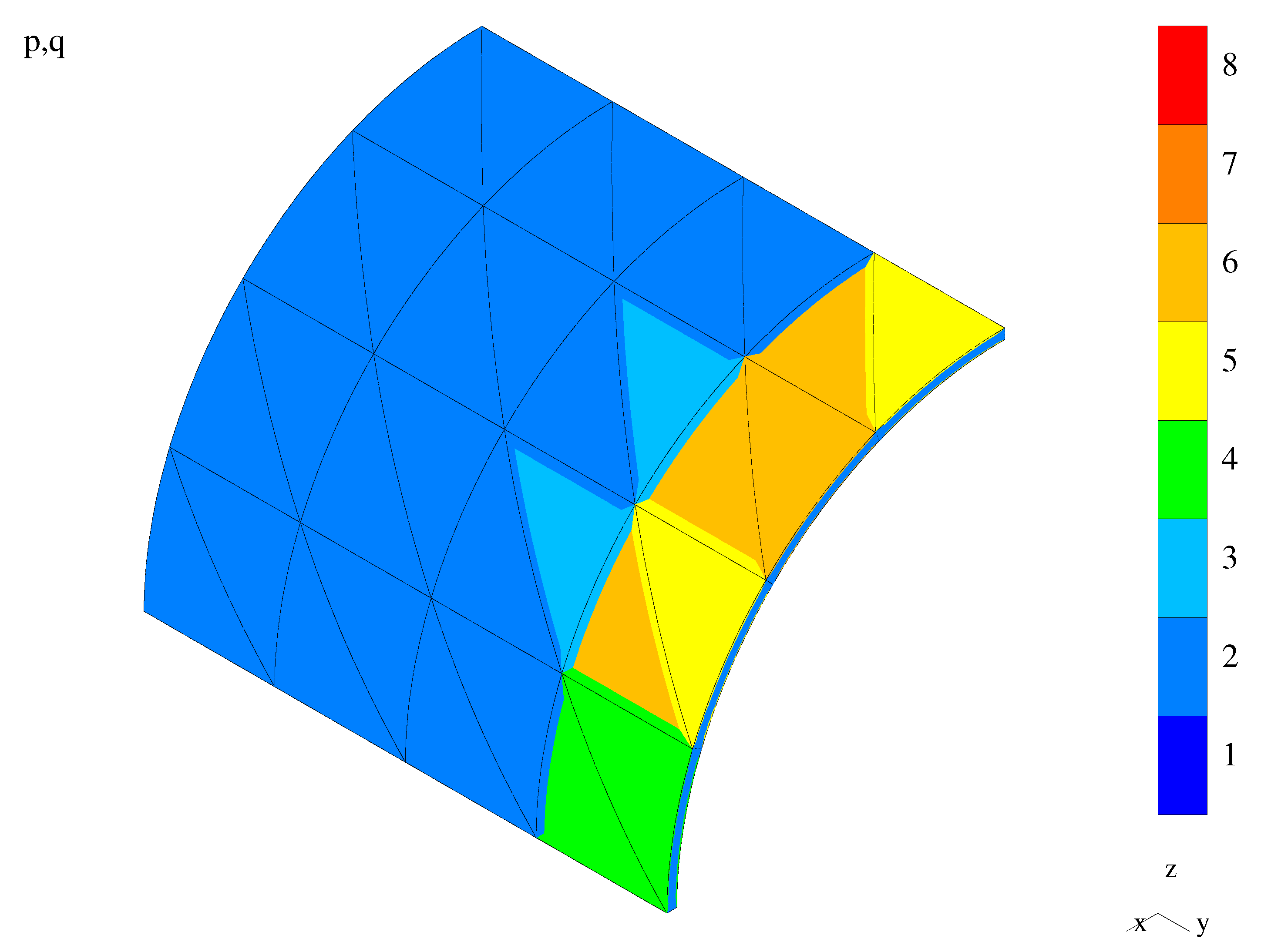
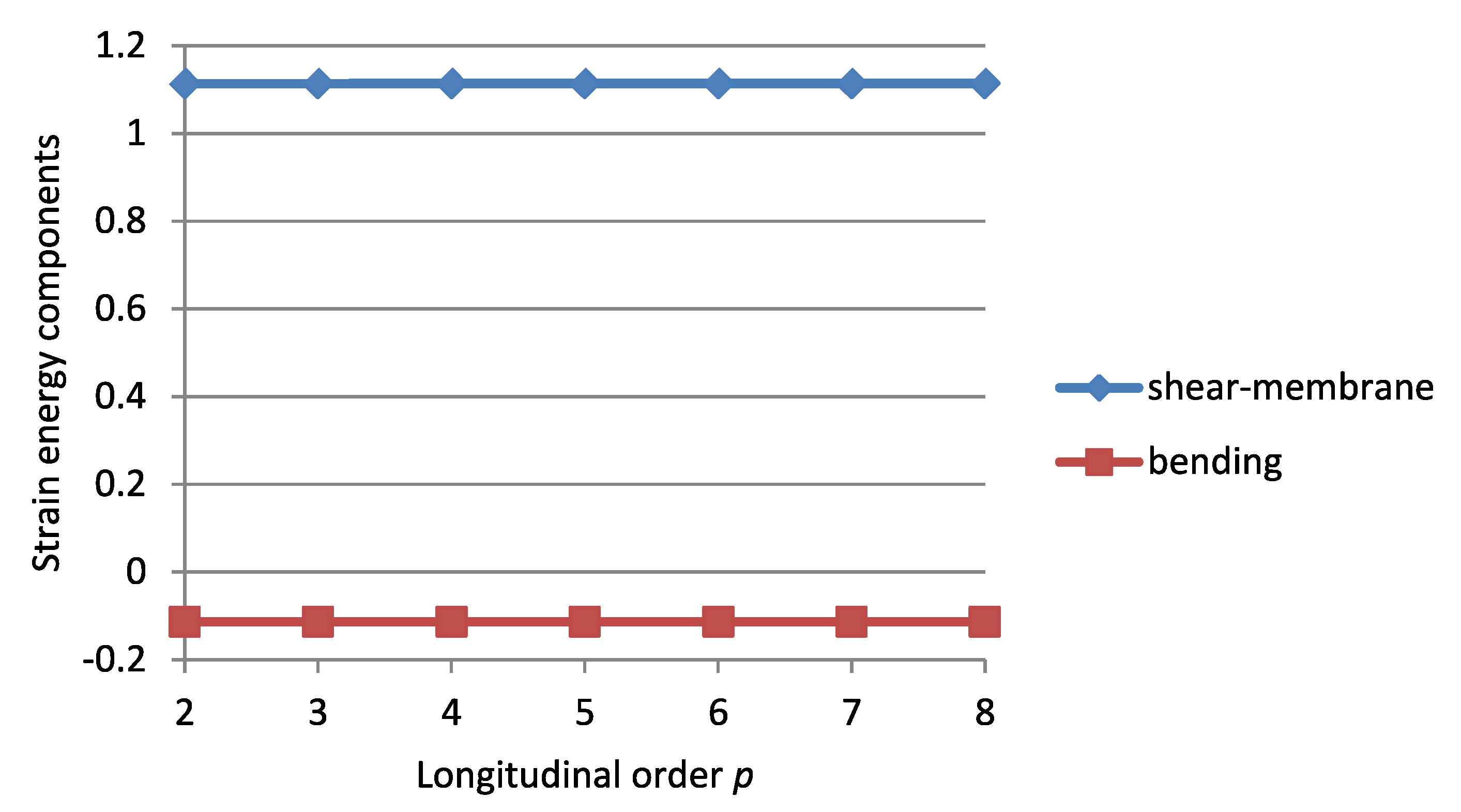

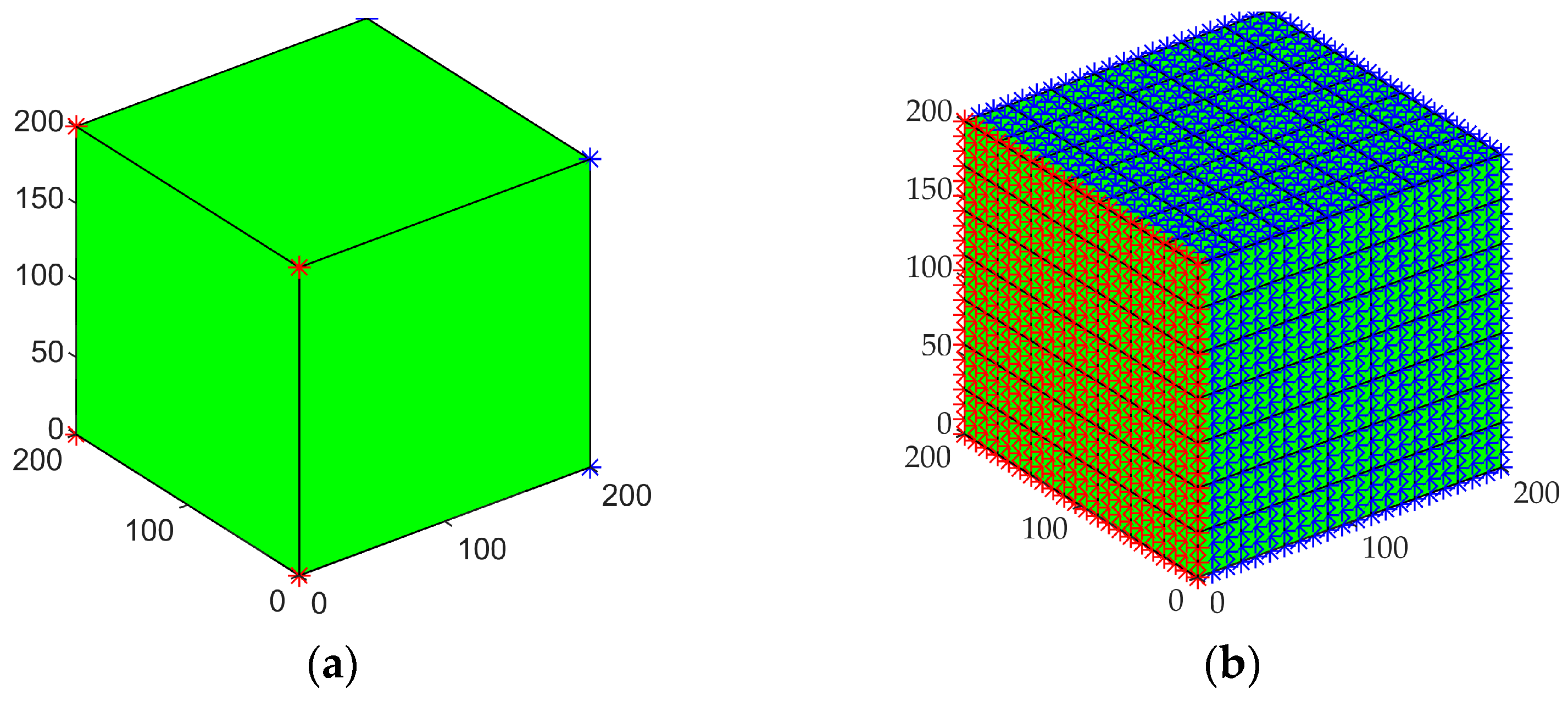
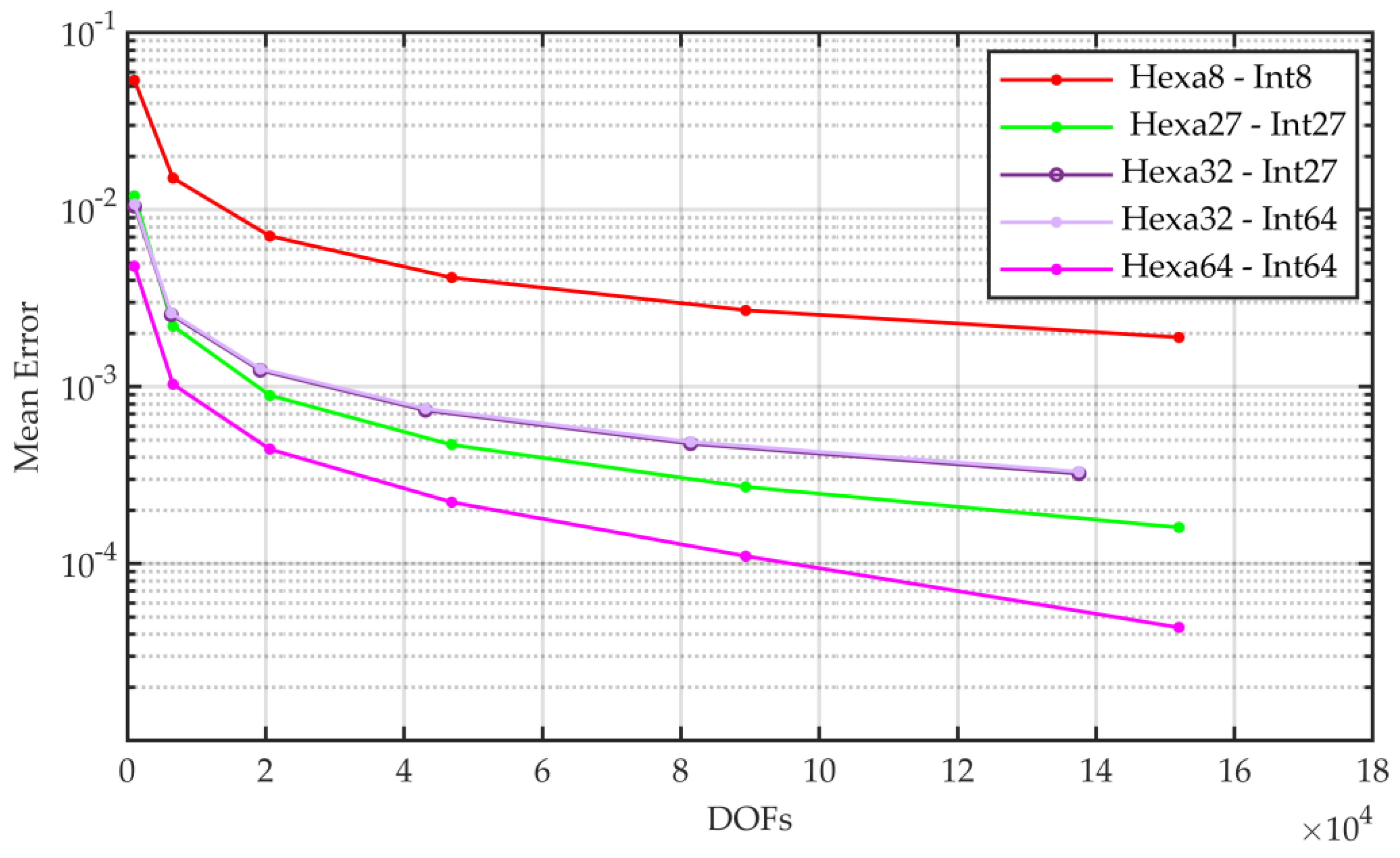
Vous pourriez aussi aimer
- Page De Garde Cahier De Poésie Petit Format Cp
- Que Cache Lours Polaire Sur Une Plage
- Cahier Journal Page De Garde 2020 2021
- I Failed To Divorce My Husband Chapter 22
- Not A Friend What Do I Call Her As
- Groupe Nominal Ce2 Exercice Et Correction
- The Previous Life Murim Ranker Chapter 73
- A Pervert's Daily Life Manga
- The Unattainable Flower s Twisted Bloom
- El Budista Mas Viejo Del Mundo
- The World Without My Sister Who Everyone Loved Ch 1
- The Greatest Estate Developer Ep 1
- Rain Bird Image 6
- Adecco Et Moi Fiche De Paie
- Pages De Garde Cahier Leçon Recherche Ce1 2018
- Jeux éducatif Tables De Multiplication
- Dessin Pat Patrouille à Imprimer Gratuit
- Without A Sign His Sword The Brave Man Draws
- RER A : Tout Ce Que Vous Devez Savoir Sur Cette Ligne Iconique
- Cahier D Autonomie Page De Garde Maternelle
